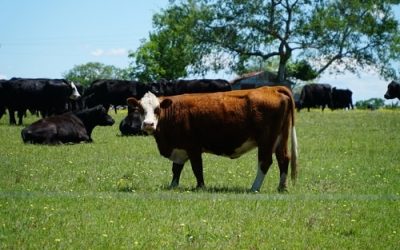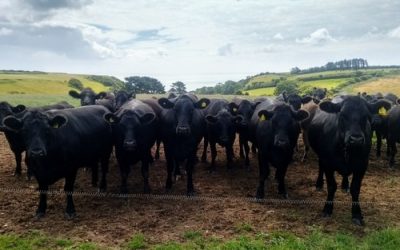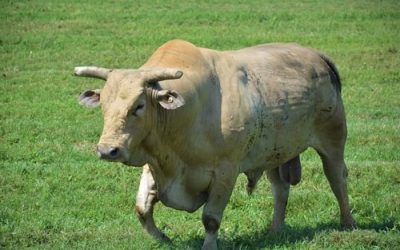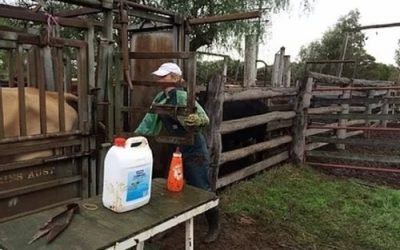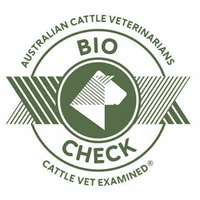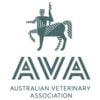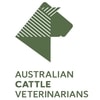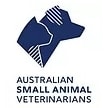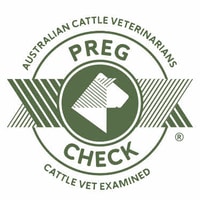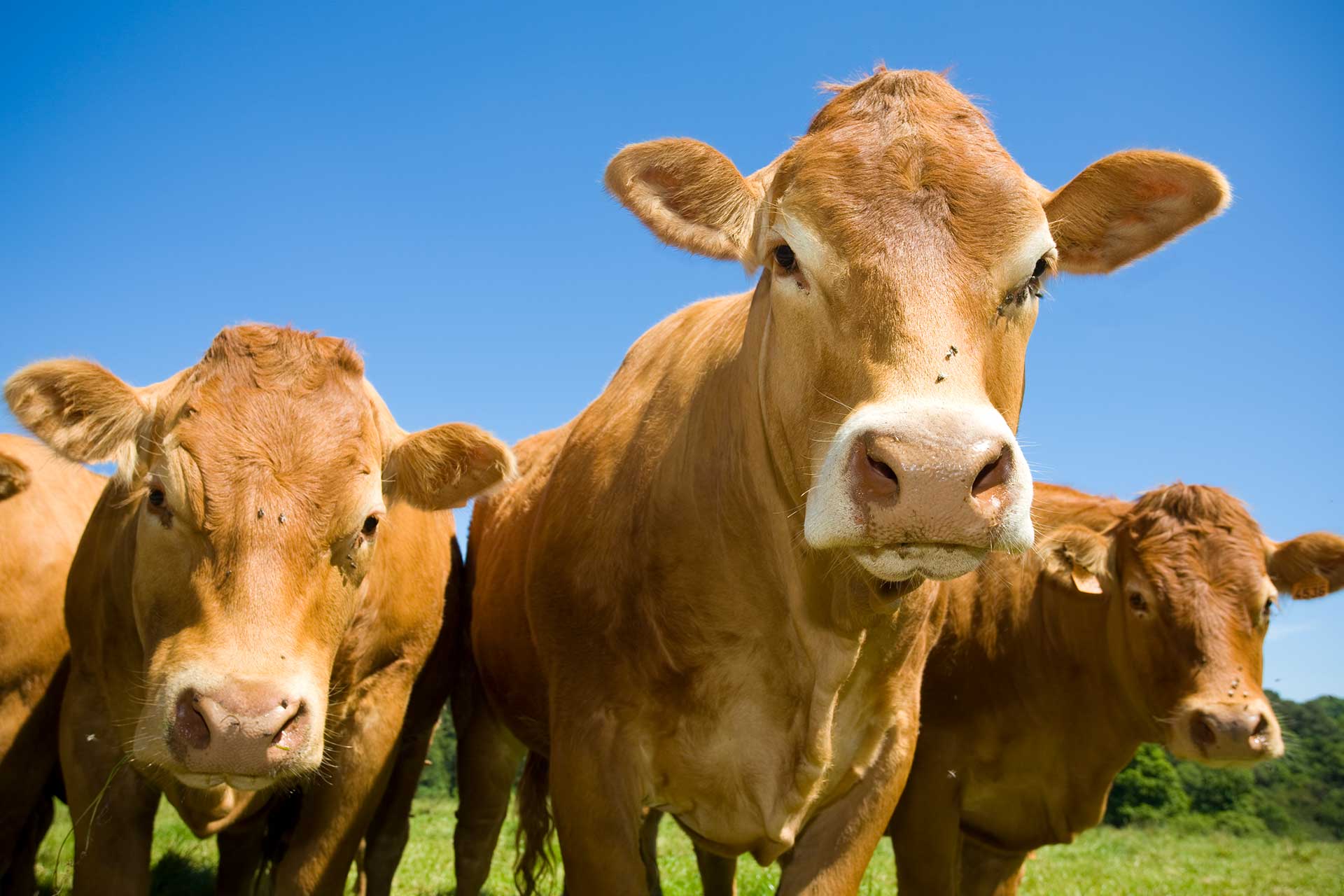
Castration Techniques in Cattle and Small Ruminants
Throughout the wet season, The Pittsworth Veterinary Surgery have been seeing a few more cases of cattle and small ruminants with post-castration swellings and infections. So, we’ve compiled the few methods of castration used, with advantages and disadvantages of both.
Surgical Castration
Surgical castration is the most common method of castration in Australia, this involves the use of a scalpel, and/or a tool called an emasculator, which provides a 3 layered crush to the tissue above the testicle.
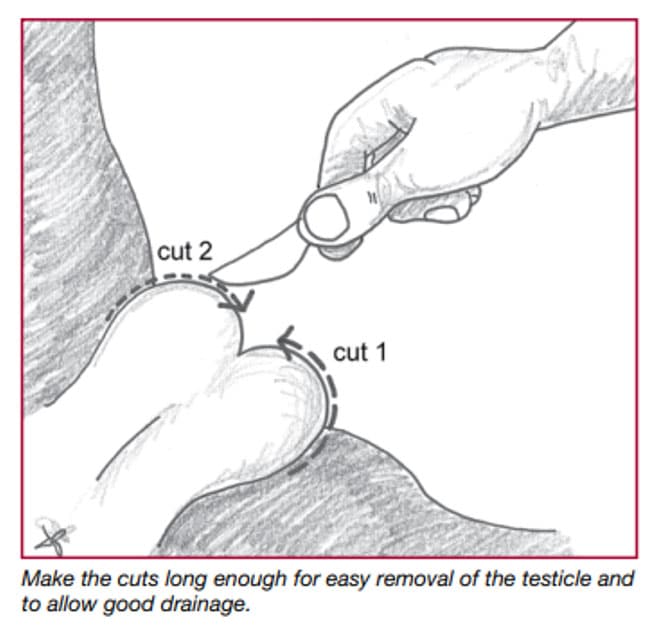
- Emasculators can also be used by a veterinarian from Step 10. This involves cutting and crushing the vessels, fibrous and epididymis, all in one.” (Newman, 2007)
Steps, with pictures, can be found online at this FutureBeef article.
Non-Surgical Methods
Elastrator Castration
The Elastrator castration method is also a common method of castration for cattle and small ruminants. This method uses a small rubber band that cuts off the circulation to the testicles, causing necrosis to the testicles, which eventually fall off with the band after 3-6 weeks.
Ideally this should be placed on calves/lambs/kids no more than 2 weeks of age to ensure correct placement of ring. DO NOT USE ELASTRATOR RINGS UNLESS BOTH TESTICLES ARE IN THE SCROTUM
Burdizzo
Burdizzo’s are a non-surgical method that uses a crushing action to ligate the blood vessels and vas deferens to the testicles.
This method is good for larger calves but is required to be performed by an experienced operator (i.e., veterinarian).
After-care for Castration
Regularly inspect the animals that have been castrated for up to 10 days post-castration to see if any problems may arise. Consult your veterinarian if you see signs such a redness, heat, swelling and abnormal discharge of blood or pus.
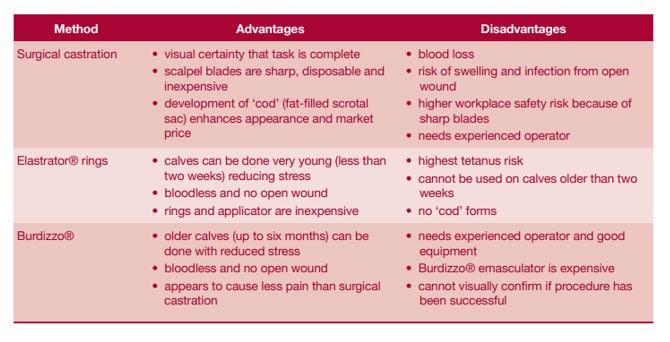
A great resource that you can utilise is from the company FutureBeef which outlines in more detail, not only the castration techniques as listed above, but branding and dehorning. See below in the references. Any questions, please ring the clinic for more detail or visit our website for more in depth discussion of the various methods.
References Carter. B, Mathis. C, Loest. C, Wenzel. J (2011) Castrating Beef Calves: Age and Method. Department of Extension Animal Sciences and Natural Resources, New Mexico State University. https://aces.nmsu.edu/pubs/_b/B227/welcome.html
Glass. S, Lane. C, Powell. R, White. B (2007) Castration of Beef Calves, The University of Tennessee. Sourced from The Cattle Site, https://www.thecattlesite.com/articles/930/castration-of-beef-calves/ ,
Newman, R (2007) A guide to best practice husbandry in beef cattle, branding, castrating, and dehorning. https://futurebeef.com.au/wp-content/uploads/A-guide-to-best-practice-husbandry-in-beef-cattle-Branding-castrating-and-dehorning.pdf
Wikipedia (2021) Emasculator. https://en.wikipedia.org/wiki/Emasculator
RELATED ARTICLES
Grain Poisoning in cattle
Feeding cattle grain is a very common practice in this area but it doesn't come without it's risks. One of the most common conditions we see is grain poisoning or acidosis, which can be fatal however the good news is that there is a lot we can do to prevent it! ...
Bovine Ephemeral Fever – 3 Day Sickness
3 day sickness is a disease of cattle seen predominantly in Southern - Eastern Australia down through NSW where the vectors (for eg. Midges) travel. The typical time period where cases tend to increase is January to April. With earlier Spring rain though, this...
Bull Semen Evaluation
We strongly recommend getting all bulls intended for use that season semen tested at least 2 months before they are intended to be bred with to allow for any problems that may arise to rectify themselves as well as time to look for a replacement bull if necessary....
Pregnancy Testing
Our Cattle Pregnancy Testing Here at the Pittsworth Veterinary Surgery we have the ability to provide ACV pregnancy testing tags under PREgCHECK. The benefits of pregnancy testing far out way the costs when you look at the costs involved in running empty cows and...
RELATED
ARTICLES
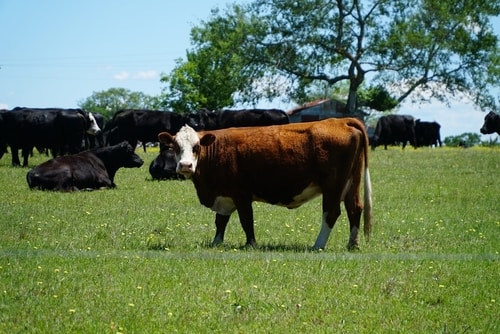
Grain Poisoning in cattle
Feeding cattle grain is a very common practice in this area but it doesn't come without it's risks. One of the most common conditions we see is grain poisoning or acidosis, which can be fatal however the good news is that there is a lot we can do to prevent it! ...
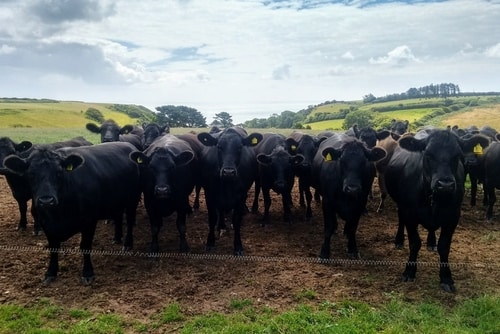
Bovine Ephemeral Fever – 3 Day Sickness
3 day sickness is a disease of cattle seen predominantly in Southern - Eastern Australia down through NSW where the vectors (for eg. Midges) travel. The typical time period where cases tend to increase is January to April. With earlier Spring rain though, this...
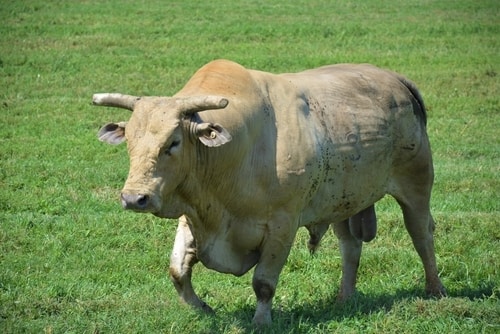
Bull Semen Evaluation
We strongly recommend getting all bulls intended for use that season semen tested at least 2 months before they are intended to be bred with to allow for any problems that may arise to rectify themselves as well as time to look for a replacement bull if necessary....
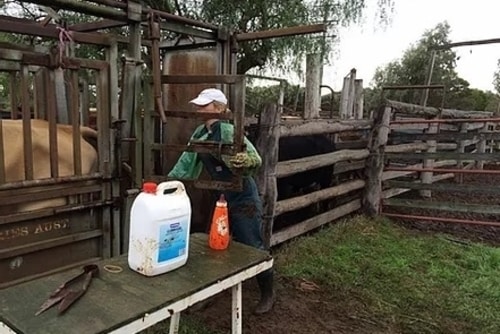
Pregnancy Testing
Our Cattle Pregnancy Testing Here at the Pittsworth Veterinary Surgery we have the ability to provide ACV pregnancy testing tags under PREgCHECK. The benefits of pregnancy testing far out way the costs when you look at the costs involved in running empty cows and...
Call Us Today To Discuss Your Animal Needs
Business Hours Phone: 07 4693 2233




